| Structure | Name/CAS No. | Articles |
|---|---|---|
 |
sodium chloride
CAS:7647-14-5 |
|
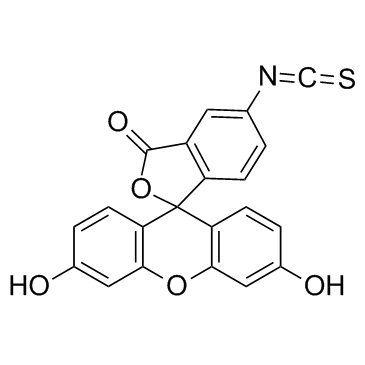 |
Fluorescein isothiocyanate
CAS:3326-32-7 |
|
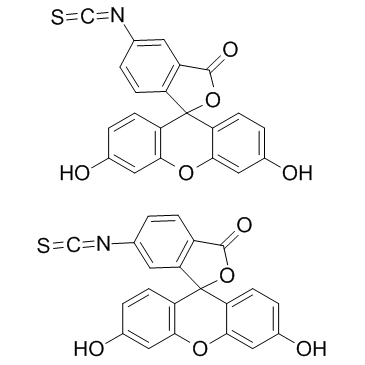 |
fluorescein 5-isothiocyanate
CAS:27072-45-3 |
|
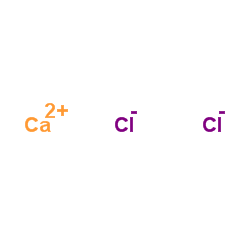 |
Calcium chloride
CAS:10043-52-4 |
|
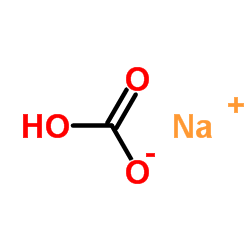 |
SodiuM bicarbonate
CAS:144-55-8 |
|
 |
SODIUM CHLORIDE-35 CL
CAS:20510-55-8 |
|
 |
Gramicidin TFA
CAS:1405-97-6 |
|
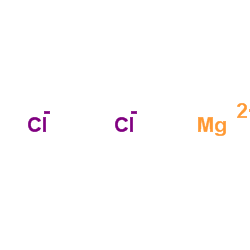 |
Magnesium choride
CAS:7786-30-3 |
|
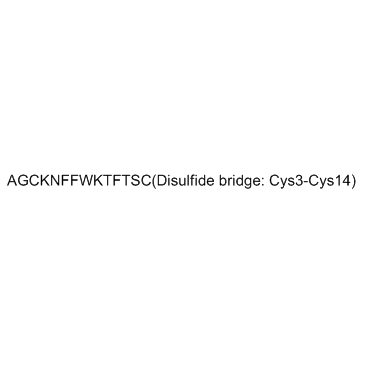 |
Somatostatin-14
CAS:38916-34-6 |
|
 |
calcium chloride dihydrate
CAS:10035-04-8 |